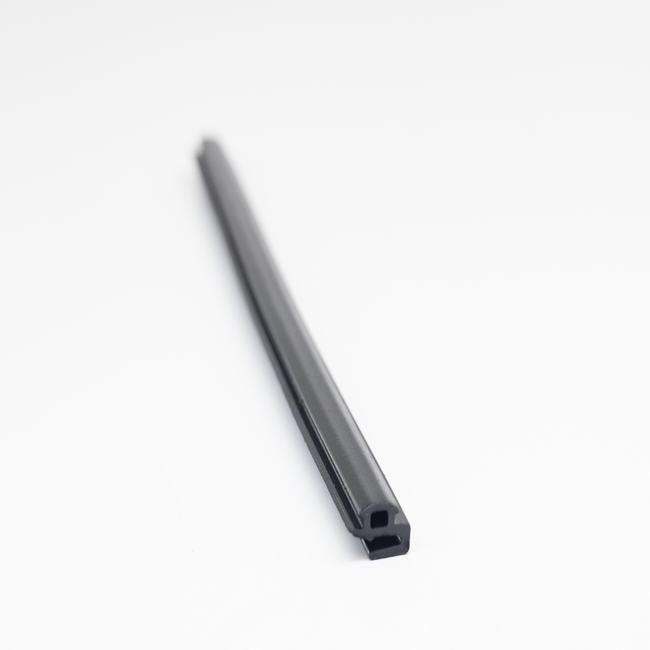EPDM (Ethylene Propylene Diene Monomer) rubber seals are versatile sealing components made from EPDM rubber material. EPDM rubber is known for its excellent resistance to weathering, ozone, UV radiation, temperature extremes, and a wide range of chemicals, making it suitable for various sealing applications. Here are some key features and common uses of EPDM rubber seals:
Key Features:
- Weather Resistance: EPDM rubber seals are highly resistant to outdoor weather conditions, including sunlight, rain, and temperature fluctuations. This makes them suitable for outdoor and exposed applications.
- Chemical Resistance: EPDM rubber exhibits resistance to a wide range of chemicals, acids, alkalis, and automotive fluids, making it suitable for use in industries where exposure to chemicals is common.
- Temperature Tolerance: EPDM rubber can withstand both high and low temperatures, making it suitable for applications that experience extreme temperature variations.
- UV Resistance: EPDM rubber resists damage from ultraviolet (UV) radiation, making it ideal for outdoor applications where prolonged exposure to sunlight is expected.
- Flexibility: EPDM rubber is flexible and can conform to irregular shapes and surfaces, ensuring a tight and effective seal.
- Durability: EPDM rubber seals have a long service life and can withstand the effects of aging and environmental stressors.
Common Applications:
EPDM rubber seals find widespread applications across various industries, including:
- Automotive Industry: EPDM rubber seals are used in automotive engines, doors, windows, and other components to create watertight and airtight seals. They are also used for gaskets, O-rings, and hoses due to their resistance to automotive fluids and chemicals.
- Construction Industry: EPDM rubber seals are used in the construction of doors, windows, roofing systems, and curtain walls to provide weatherproofing, insulation, and sealing.
- HVAC Systems: EPDM rubber gaskets and seals are used in heating, ventilation, and air conditioning (HVAC) systems for ductwork, flanges, access panels, and other components to maintain airtight and watertight seals.
- Electrical Enclosures: EPDM rubber seals are used to seal electrical enclosures, control panels, and junction boxes to protect them from moisture, dust, and environmental factors.
- Plumbing and Pipe Systems: EPDM rubber seals are commonly used in plumbing applications, including pipe connections, valves, faucets, and other fittings, to create reliable watertight seals.
- Marine and Boating: EPDM rubber seals are used in boat and ship components, such as hatches, windows, portholes, and engine gaskets, to provide watertight seals that withstand harsh marine conditions.
- Industrial Equipment: EPDM rubber gaskets and seals are used in industrial machinery and equipment for sealing joints, connections, and enclosures, offering resistance to chemicals and environmental factors.
- Solar Panels: EPDM rubber seals are employed in solar panel installations to create weatherproof and waterproof seals around panel frames and connections.
- Food and Beverage Industry: EPDM rubber seals are used in food processing equipment, conveyors, and production machinery due to their resistance to moisture and food-safe properties.
EPDM rubber seals are valued for their versatility, durability, and ability to maintain sealing integrity in demanding environments. When selecting EPDM rubber seals for specific applications, it is important to consider factors such as temperature ranges, chemical compatibility, and sealing requirements to ensure optimal performance and longevity.










